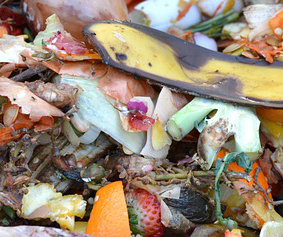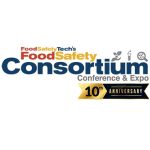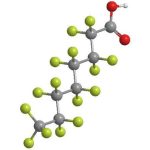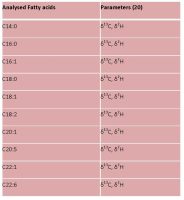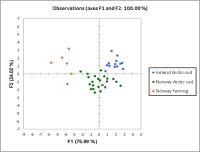The food manufacturing industry has seen a shift toward increased environmental monitoring testing to help mitigate risks in food processing. But it can be difficult for producers to build out environmental monitoring programs due to the lack of detailed regulatory guidance, particularly when looking at how many samples to collect and from which locations or surfaces they should be collected.
Below are five tips to help food manufacturers build more efficient and effective environmental monitoring programs.
1. There Is No “One Size Fits All” Approach to Environmental Monitoring
A successful environmental monitoring program is one that’s customized for each facility. When creating a program or evaluating an existing program, it is important to organize a cross-functional team that includes those who are most familiar with your products and processes. This cross-functional team can help determine critical program details such as determining from which areas samples will be collected and the frequency of sample collection.
One approach is to establish a comprehensive list of every site that will be tested over time, then evaluate how often those areas should be swabbed using a risk-based approach. A risk-based approach involves determining which sites within a manufacturing plant are the highest risk and which are the lowest risk, and then testing the highest risk sites more often and the lower risk sites less often.
Risk level is based on: the proximity of the test point to the food contact surface; how difficult the area or surface is to clean or sanitize; and/or historical data and knowledge of the facility and products. The goal is to collect data from all relevant areas in the plant over time, while spending the most time on those that are highest risk.
2. You Can’t Detect What You Don’t Collect
While it seems counterintuitive, food manufacturers should be seeking positive results when conducting environmental monitoring testing. It’s important to remember that all environments can and most likely will become contaminated with a pathogen at some point in time. If an environmental monitoring program does not detect a positive result for a common environmental contaminate throughout the course of a year, it may indicate that the right areas are not being swabbed or that they are not being swabbed well enough.
When environmental monitoring programs uncover contaminated areas through positive results, it offers the opportunity for producers to implement corrective and preventative actions to improve their programs long term. A food processor’s food safety program can be seen as stronger and more reliable when the goal is to find and address the positive.
3. Use the Right Tools
A major factor in the success of environmental monitoring testing lies in the types of tools being used to collect the samples and the techniques used to collect them. When investigating tools for an environmental monitoring program, there are two key traits to keep in mind. First, it is important to ensure a collection device uses a neutralizing buffer that is effective against the sanitizers in the environment. The collection buffer should keep organisms alive long enough to run an accurate test, while also having a wide enough capacity to neutralize the sanitizer on the surface being sampled. This is an especially important consideration in processing environments that are continuously experiencing sanitizer changeovers.
Second, collection tools need to effectively access and collect organisms from the surface of the sample area. Biofilms—protective barriers of bacteria where pathogens or other organisms can thrive—are a big challenge when collecting samples. If the collection devices are not well suited to collecting or penetrating biofilms, there is a risk that the biofilm as well as all the living organisms and potential pathogens within the biofilm are not collected. Using devices that have scrub dot technology allows producers to collect the biofilm itself, creating a better sample for an even stronger environmental monitoring program.
4. Don’t Forget to Re-evaluate
To ensure you are getting the most out of your environmental monitoring program, conduct regular re-evaluations of the program. Periodic reviews are important as environmental factors are always changing. In a single year, food manufacturers may introduce new employees, new equipment, new processes, new products and new vendors. All these factors can have an impact on the quality and hygiene of the environment and the products you produce. Therefore, environmental monitoring programs should be viewed as a continuous improvement program rather than something that’s set up once and left alone.
5. Take Advantage of Education and Training Resources
Providing proper training and education for the entire environmental monitoring program team can make a significant difference in the effectiveness of the program. There are numerous educational resources available for environmental monitoring program teams. These should be utilized as you build and assess your protocols and provided to new team members. Involve the sample collection team in the process of creating the program and ensure the program protocols are readily available and understood by all team members.
Creating robust programs to help mitigate food safety risks, such as those found within a manufacturing facility’s environment, is critical to protecting consumers and your company. Despite a lack of detailed regulations around environmental monitoring program development, food manufacturers can create successful programs by customizing their protocols to their facilities, conducting routine evaluations, searching for positives, utilizing proper collection tools and providing proper training and education. Sources of potential contamination are numerous, but a strong environmental monitoring program can help find them.



